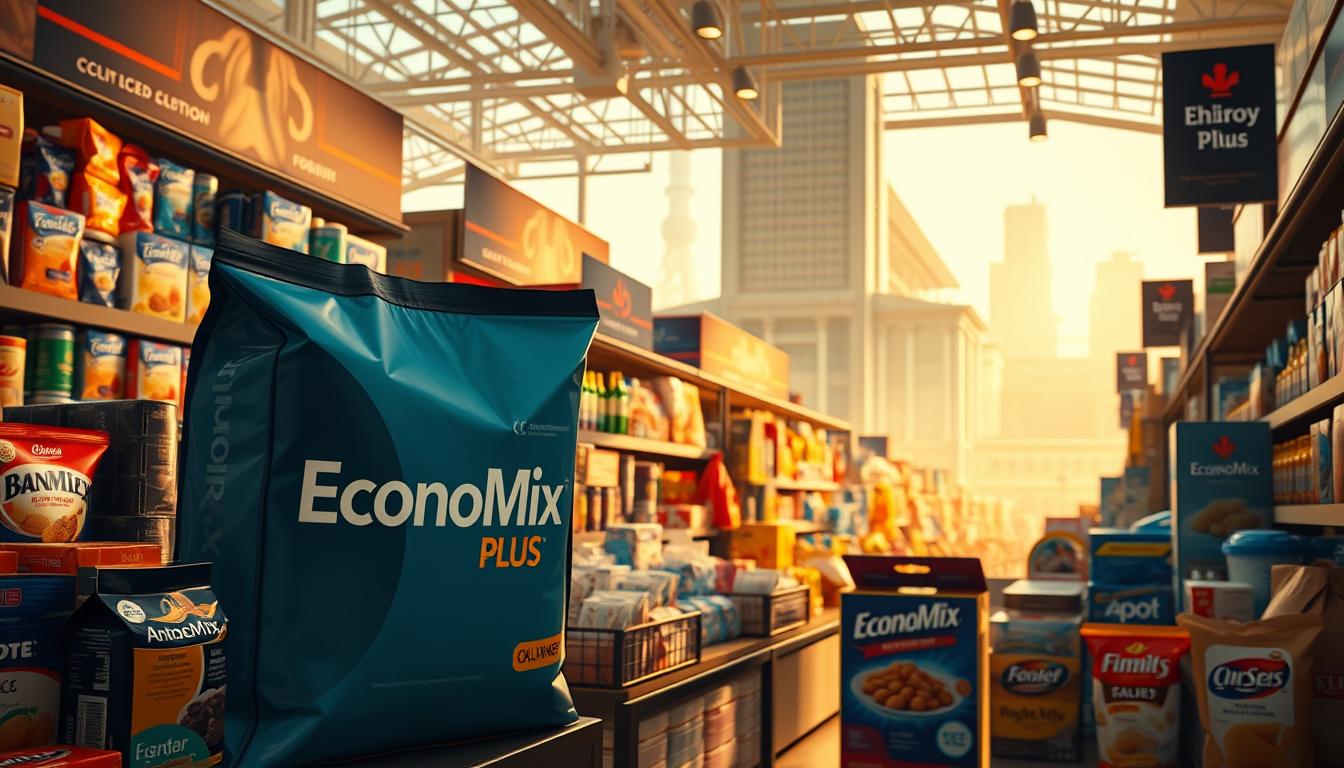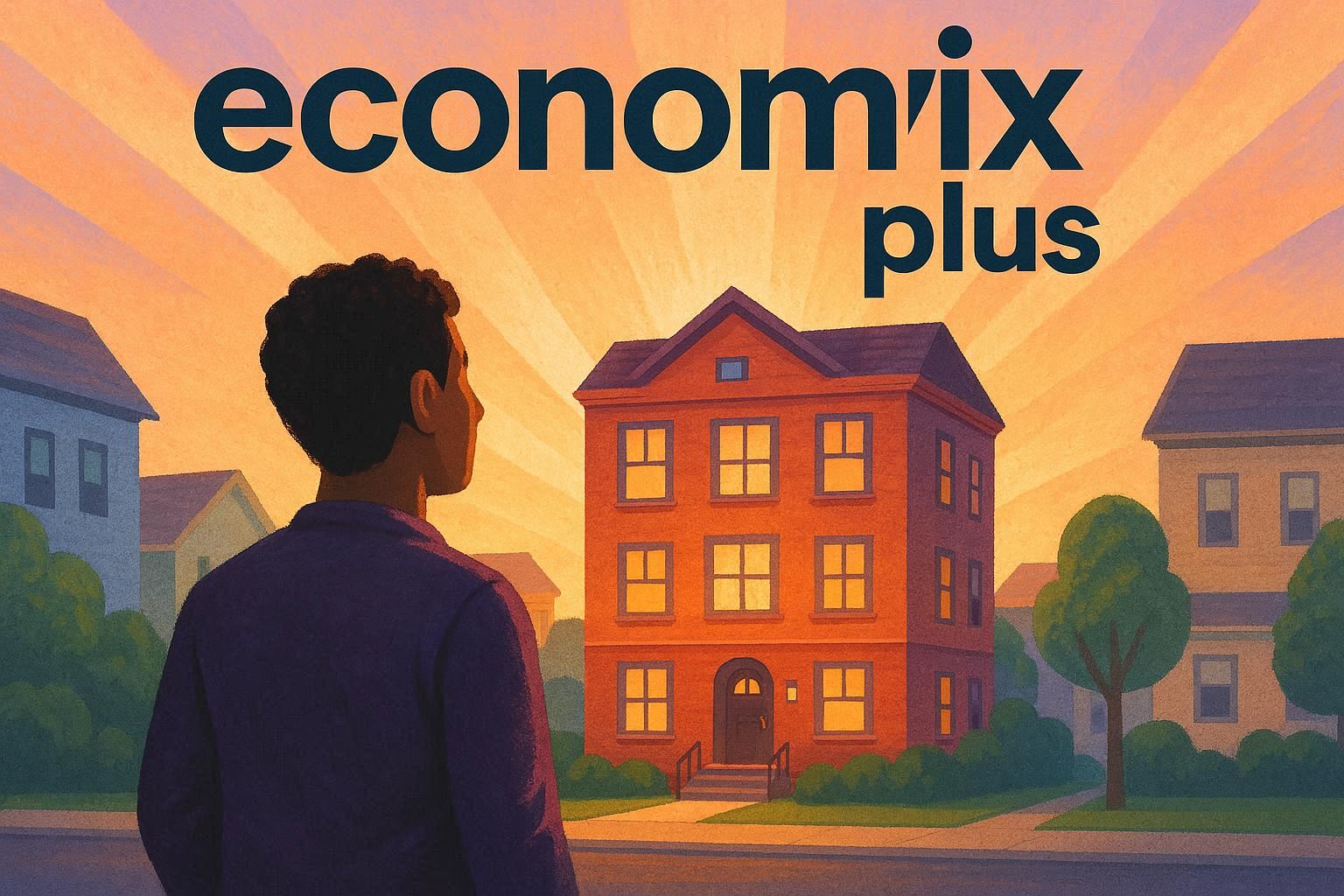Imagine a market that fuels its own expansion even during inflation, supply chain disruptions, and shifting consumer priorities. How does one sector achieve this level of autonomy? Recent data reveals a compelling story: between 2021 and 2024, global revenue for athletic equipment and apparel grew by 7% annually, outpacing many traditional industries. Projections suggest a slight dip to 6% through 2029, but regional markets like North America are expected to hit $209 billion in sales within five years.
This resilience isn’t accidental. Advanced supply chains, direct-to-consumer strategies, and innovations in sustainable materials create a closed-loop system. For example, Asia-Pacific’s manufacturing hubs now prioritize recycled fabrics, reducing reliance on external raw materials. Meanwhile, North American brands leverage localized production to cut costs and meet demand faster.
Reports from organizations like WFSGI highlight how consumer trends—like fitness tech adoption—drive consistent revenue. Even as economic pressures mount, this sector adapts by turning challenges into opportunities. The result? A blueprint for self-reliance that other fields could study.
Key Takeaways
- Global revenue expanded 7% yearly from 2021-2024, with 6% projected through 2029.
- North America’s market could reach $209 billion by 2029 due to regional innovation.
- Supply chain advancements minimize external dependencies, boosting stability.
- Consumer interest in health tech and sustainability fuels long-term growth.
- Partnerships between manufacturers and retailers optimize product accessibility.
Industry Overview: The Sporting Goods Industry A Self-Sustaining Economy
Regional innovation drives unprecedented expansion in fitness-related sectors. Between 2021 and 2024, athletic apparel and equipment sales surged globally, with growth dipping slightly to 6% annually through 2029. North America leads this charge, projected to jump from $114 billion to $209 billion in revenue by 2029. Asia-Pacific follows closely, fueled by eco-friendly manufacturing practices.
Market Growth Trends and Regional Projections
The covid-19 pandemic accelerated demand for home fitness gear, creating a 23% sales spike in 2021. Even as inflation tightened budgets, 68% of consumers prioritized health-related purchases. McKinsey’s 2023 survey reveals 82% of executives expect sustained growth, citing hybrid retail models as critical.
| Region | 2021-2024 Growth | 2025-2029 Projection | Key Driver |
|---|---|---|---|
| North America | 7.2% | 6.5% | Localized production |
| Asia-Pacific | 6.8% | 6.1% | Recycled materials |
| Europe | 5.9% | 5.3% | Fitness tech adoption |
Key Insights from Recent Reports
WFSGI data shows 41% of brands now blend digital apps with in-store experiences to retain customers. However, rising production costs threaten profit margins. A 2024 report highlights that brands investing in AI-driven inventory systems reduced delivery delays by 34%.
This sector thrives by balancing physical retail with e-commerce. For example, yoga mat sales grew 19% online, while specialty stores saw 12% foot traffic increases. Such adaptability keeps the market resilient despite economic pressures.
Changing Consumer Dynamics and the Impact of Physical Inactivity
Global health trends reveal a paradox: while fitness tech and wellness apps surge in popularity, physical inactivity has climbed to alarming levels. According to the World Health Organization, inactivity rates jumped from 26% in 2010 to 31% in 2022, with projections hitting 35% by 2030.
This significant increase in inactivity not only poses serious health risks but also indicates a disconnect between the tools available for improving fitness and the actual engagement of consumers with these tools. This shift creates both challenges and openings for brands willing to rethink their strategies.
Rising Inactivity Levels and Market Implications
Nearly 1.8 billion people worldwide now fall into the “inactive” category. For the fitness sector, this translates to lost revenue from sports participation and equipment sales. However, it also highlights a massive untapped market—individuals who could become active with the right incentives.
Health risks linked to sedentary lifestyles, like obesity and heart disease, cost economies billions annually. Brands that address these concerns through education or accessible products position themselves as problem-solvers. One executive noted:
“Inactivity isn’t just a health crisis—it’s a $200 billion revenue opportunity waiting to be unlocked.”
Opportunities in Targeting the Inactive Population
Smart companies are redesigning gear for beginners. Lightweight yoga mats, adjustable home gyms, and gamified fitness apps lower entry barriers. Marketing campaigns now emphasize sustainability and mental well-being over athletic performance alone.
Localized engagement initiatives also show promise. Free community workouts or partnerships with healthcare providers build trust. As consumers prioritize holistic health, brands blending convenience with purpose gain traction. The key? Meeting people where they are—literally and figuratively.
Innovative Strategies in Product Development and Marketing
Forward-thinking brands are rewriting playbooks by merging inclusive design with hybrid engagement tactics. This dual focus addresses evolving consumer demands while building emotional connections through personalized experiences.

Inclusive Product Innovation for Diverse Consumers
Apparel designers now prioritize adaptability over one-size-fits-all solutions. Adidas’ Stay in Play line features magnetic closures for easy dressing, while Nike’s Modest Wear collection offers breathable hijabs for athletes. These strategies remove physical and cultural barriers in fitness participation.
New Balance’s Run Your Way campaign exemplifies this shift. Their shoes now come in 15 width options, reflecting diverse foot shapes. Such innovations convert casual observers into loyal customers by validating individual needs.
Digital and In-Person Engagement Tactics
Brands blend augmented reality tools with local events to create immersive journeys. Adidas’ app lets users customize shoe colors via smartphone cameras before visiting stores. Nike hosts neighborhood running clubs where digital achievements unlock exclusive merchandise.
Hybrid approaches strengthen community ties. As one marketing director notes:
“Physical events drive emotional resonance, while digital platforms maintain daily lifestyle connections.”
This synergy helps brands dominate crowdedmarketspaces through memorable interactions.
Supply Chain Diversification and Operational Efficiency
Global disruptions have forced companies to rethink traditional logistics models. These disruptions, which include factors such as natural disasters, political instability, and pandemics, have highlighted the vulnerabilities in existing supply chains. With tariffs on imported materials expected to rise 18% by 2026, businesses face mounting pressure to balance cost efficiency with geopolitical agility. This means that companies must not only find ways to cut costs but also develop flexible strategies that allow them to respond quickly to changing regulations and market conditions.

Mitigating Geopolitical and Tariff-Related Risks
Leading goods manufacturers now prioritize regional supplier networks. For example, one footwear brand reduced lead times by 40% after shifting 30% of production from Asia to Mexico. This strategy minimizes exposure to trade disputes while keeping pricing competitive.
Operational challenges demand creative solutions:
- Automation cuts labor costs by 22% in warehouses
- AI-powered inventory systems predict demand spikes with 89% accuracy
- Blockchain tracking ensures ethical sourcing compliance
Companies like Patagonia showcase resilience through hybrid sourcing. By combining recycled materials from local partners with offshore manufacturing, they maintained 5.8% revenue growth during recent port strikes. As one logistics director noted:
“Flexibility isn’t optional—it’s the backbone of modern supply chains.”
These adaptations strengthen the goods industry against unpredictable markets. When production hubs face shutdowns, diversified networks keep shelves stocked. For businesses, this operational agility translates to sustained customer trust and long-term stability.
Market Share Shifts: Challenger Brands vs. Major Incumbents
Market dominance is no longer guaranteed for established sportswear giants. Euromonitor data shows Adidas and Nike collectively lost three percentage points of market share since 2021, highlighting a significant shift in consumer behavior and preferences. This decline underscores the increasing competition from emerging brands, while challengers like Hoka and On Running surged, capturing the attention of a more discerning customer base. These brands have successfully tapped into niche markets, focusing on community engagement and personalized experiences.
McKinsey’s 2024 survey found 61% of consumers now prefer brands offering cultural alignment over legacy status, indicating that shoppers are more inclined to support companies that resonate with their values and lifestyles. This trend suggests that traditional metrics of success, such as brand history and size, are becoming less relevant in the face of evolving consumer expectations.

Lessons from Legacy Players and Emerging Brands
New entrants succeed through hyper-localized strategies. On Running’s Swiss-engineered shoes gained traction by sponsoring community running clubs in 12 U.S. cities, driving 27% revenue growth last year. Meanwhile, Hoka’s focus on “everyday athletes” helped capture 8% of the performance footwear market—up from 3% in 2020.
Legacy brands are responding with sharper value propositions. Nike’s recent pivot to customizable apparel via its Nike By You platform mirrors challengers’ agility. As one industry analyst notes:
“Authenticity now trumps scale. Consumers reward brands that mirror their identities, not just their budgets.”
This trend highlights a critical shift: community connection drives purchasing decisions more than traditional advertising. Brands blending digital storytelling with grassroots engagement—like Gymshark’s influencer-led fitness challenges—prove smaller players can outmaneuver giants.
Live Sports and Entertainment: Blending Experience and Engagement
The roar of a crowd blends with smartphone notifications as hybrid events redefine fan participation. In 2023, the global live events ticketing market surpassed $100 billion, driven by demand for immersive sports-entertainment mashups. Brands now merge halftime shows with interactive retail pop-ups, creating 360-degree experiences that linger long after the final whistle.
Rise of Hybrid Live Events and Community-Driven Activations
Fitness brands lead this shift. McKinsey’s 2023 analysis found 81% of attendees at live workout classes returned for follow-up events. Lululemon’s Studio platform exemplifies this trend—their stores host yoga sessions where participants scan QR codes to purchase gear mid-class.
Three factors fuel this evolution:
- Shared moments: 74% of Gen Z prefers events blending sports, music, and shopping.
- Local impact: Nike’s House of Innovation venues saw 40% foot traffic spikes after adding basketball clinics.
- Digital layers: Augmented reality scavenger hunts during MLB games increased app engagement by 63%.
Communities benefit through job creation and cultural cohesion. For example, Under Armour’s Block Party series in Chicago generated $2.3 million in local business revenue while boosting brand loyalty. As physical and digital worlds collide, these activations prove engagement isn’t just about attendance—it’s about creating lasting emotional ties.
Future Trends and Sustainability in the Sporting Goods Sector
Sustainability is reshaping product development as consumer priorities pivot toward eco-conscious choices. Growth projections show a slight dip to 6% annually through 2029, but innovation in circular business models offers new pathways. Brands that align with health-focused lifestyles and environmental stewardship will likely outperform competitors.
Forecasting Growth Amid Shifting Consumer Preferences
Industry leaders face a critical balancing act: maintaining revenue streams while investing in sustainable practices. A 2025 analysis of sustainability trends reveals 73% of shoppers now prioritize products with verified eco-credentials. This shift forces brands to rethink material sourcing and lifecycle management.
Three key strategies are emerging:
- Modular designs allowing easy repairs extend product usability
- Blockchain tracking ensures transparency in recycled content claims
- Rental platforms for high-end equipment reduce waste
While growth rates soften, the market remains resilient through adaptive pricing models. Startups like Tread & Reclaim demonstrate this by offering refurbished treadmills at 40% discounts. As one CEO noted:
“Profitability now hinges on merging ethical practices with smart economics.”
Digital tools accelerate this transformation. AI helps designers create high-performance gear using 58% less virgin polyester. Meanwhile, augmented reality fitting rooms cut returns by 22%, reducing transportation emissions. These advancements prove sustainability and growth aren’t mutually exclusive—they’re interdependent drivers of modern success.
Conclusion
Adaptability defines modern success in dynamic markets. Between localized production hubs and AI-driven logistics, companies built resilience against global disruptions while maintaining 6% annual growth projections. Challenger brands like Hoka prove cultural alignment often outweighs legacy status, capturing 8% of footwear market share through community-driven strategies.
Hybrid events and sustainability innovations remain critical. Live sports activations blending retail with experiences boost revenue, while modular product designs address eco-conscious demands. Brands investing in blockchain-tracked materials see 73% higher consumer trust.
Future success hinges on three priorities:
- Balancing regional supply chains with ethical sourcing
- Converting inactive populations through accessible tech
- Merging digital tools with grassroots engagement
As North America eyes $209 billion in sales by 2029, business models prioritizing agility over scale will thrive. The path forward? Innovate relentlessly, but never lose sight of what fuels this market—meeting people’s evolving needs through creativity and connection.














Post Comment